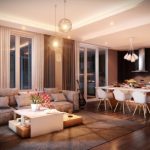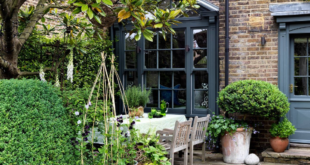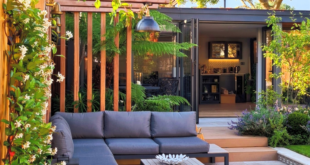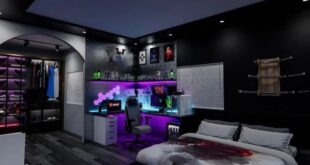Interior lighting plays a crucial role in enhancing the atmosphere and functionality of a space. Whether it’s a home, office, or commercial establishment, the right lighting design can greatly influence the mood, productivity, and overall aesthetic appeal of a room. With a wide range of lighting options available, choosing the right fixtures and placement is essential to achieve the desired effect.
One of the key considerations when designing interior lighting is the function of the space. Different areas within a room may require varied types of lighting to meet their specific needs. For example, task lighting, such as desk lamps or under-cabinet lights, is essential in work areas to provide adequate illumination for reading or working on tasks. Ambient lighting, on the other hand, creates a general, overall illumination in a room and is typically achieved through ceiling lights or wall sconces.
In addition to functionality, the aesthetic appeal of interior lighting should also be taken into account. Lighting fixtures come in a variety of styles, shapes, and finishes that can complement the overall design of a room. Whether you prefer a modern, minimalist look or a more traditional and ornate style, there are lighting options available to suit any preference. Pendant lights, chandeliers, recessed lighting, and track lighting are just a few examples of the many options available to create a unique and stylish look.
Proper placement of lighting fixtures is another important aspect of interior lighting design. Strategic placement can help to highlight architectural features, artwork, or specific areas within a room. Creating layers of light by combining different types of fixtures can also add depth and visual interest to a space. For example, pairing recessed ceiling lights with wall sconces or floor lamps can create a dynamic and inviting ambiance.
The type of light bulbs used in interior lighting also plays a significant role in achieving the desired effect. Incandescent, halogen, fluorescent, and LED bulbs each have their own unique qualities in terms of brightness, energy efficiency, and color temperature. Selecting the appropriate type of bulb can help to create the desired mood, from warm and cozy to bright and energizing. Additionally, dimmer switches can be used to adjust the brightness of the lighting to suit different occasions and activities.
Lastly, energy efficiency is an important consideration when choosing interior lighting. LED bulbs are known for their energy-saving properties and long lifespan, making them a popular choice for environmentally-conscious consumers. By selecting energy-efficient lighting options and incorporating natural light whenever possible, you can reduce energy consumption and lower your electricity bills while still achieving a well-lit and inviting space. With careful consideration of function, aesthetics, placement, bulb type, and energy efficiency, interior lighting can truly transform a room and create a welcoming and stylish environment for any space.
 bebadesign Interior Design Ideas
bebadesign Interior Design Ideas
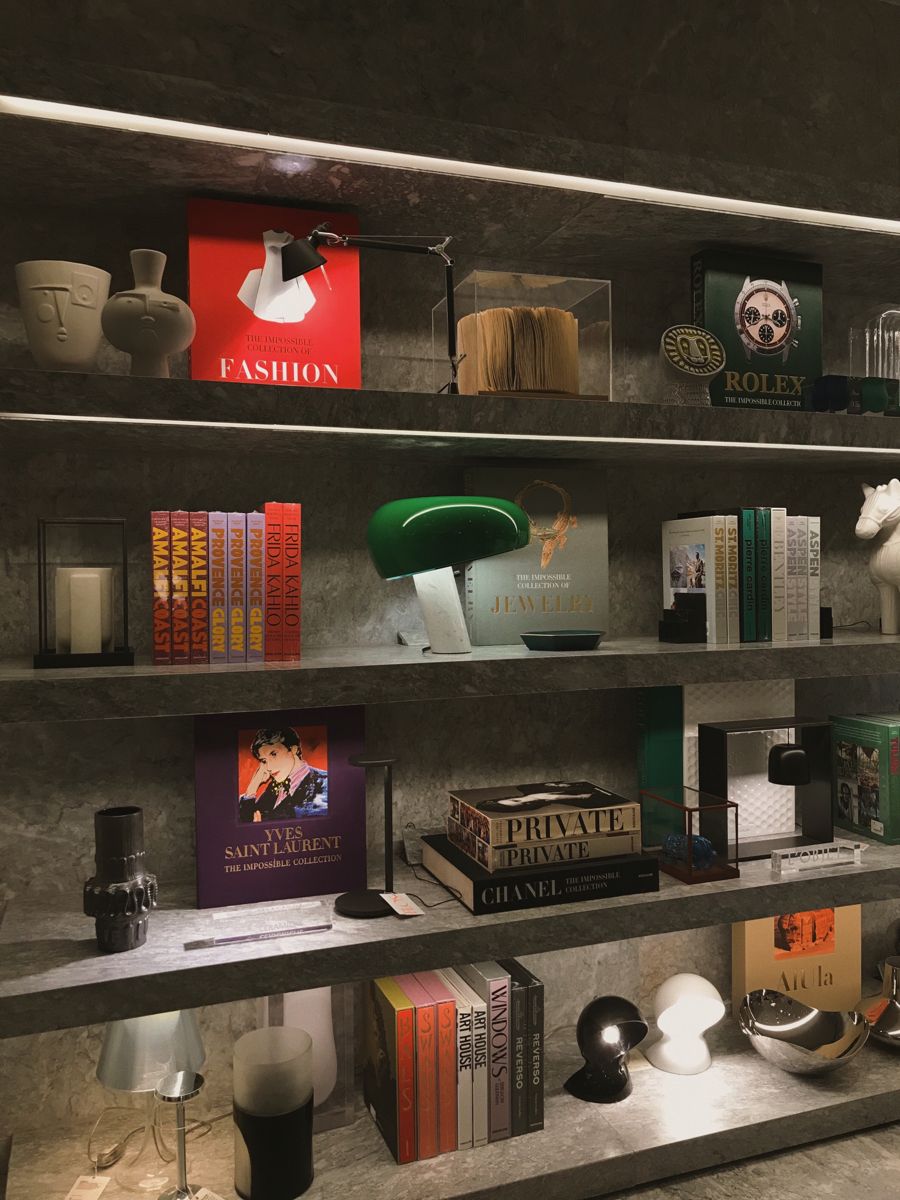

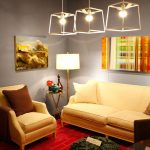

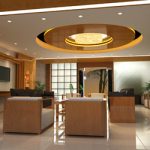
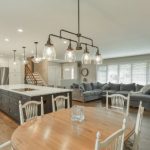
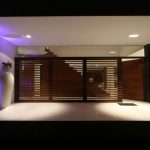
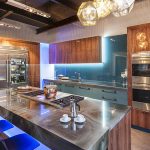

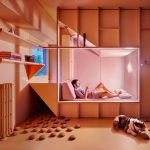

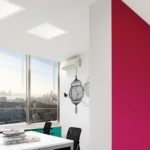
![Home Lighting] Understand the interior lighting design to .](https://bebadesign.com/wp-content/uploads/2020/09/interior-lighting-92090-150x150.jpg)
